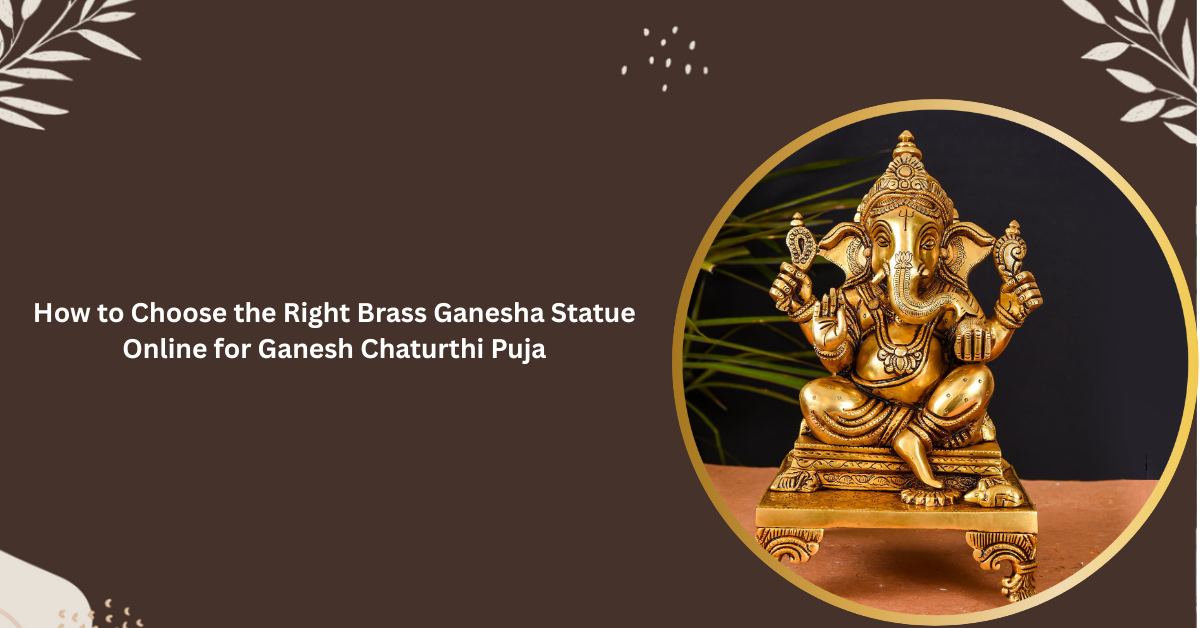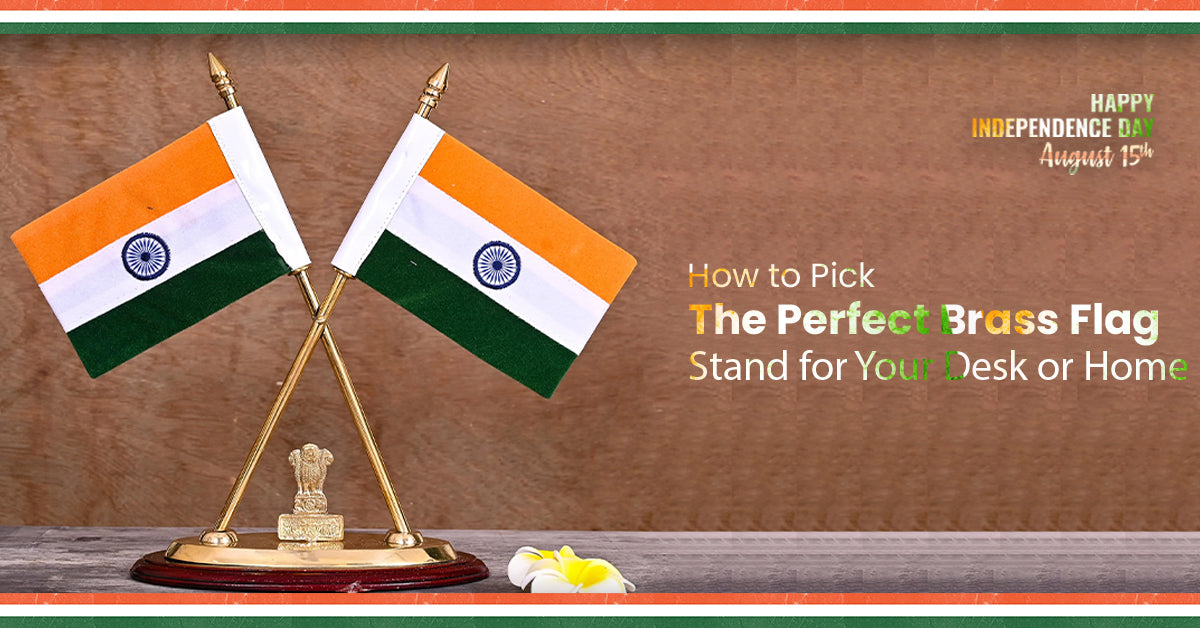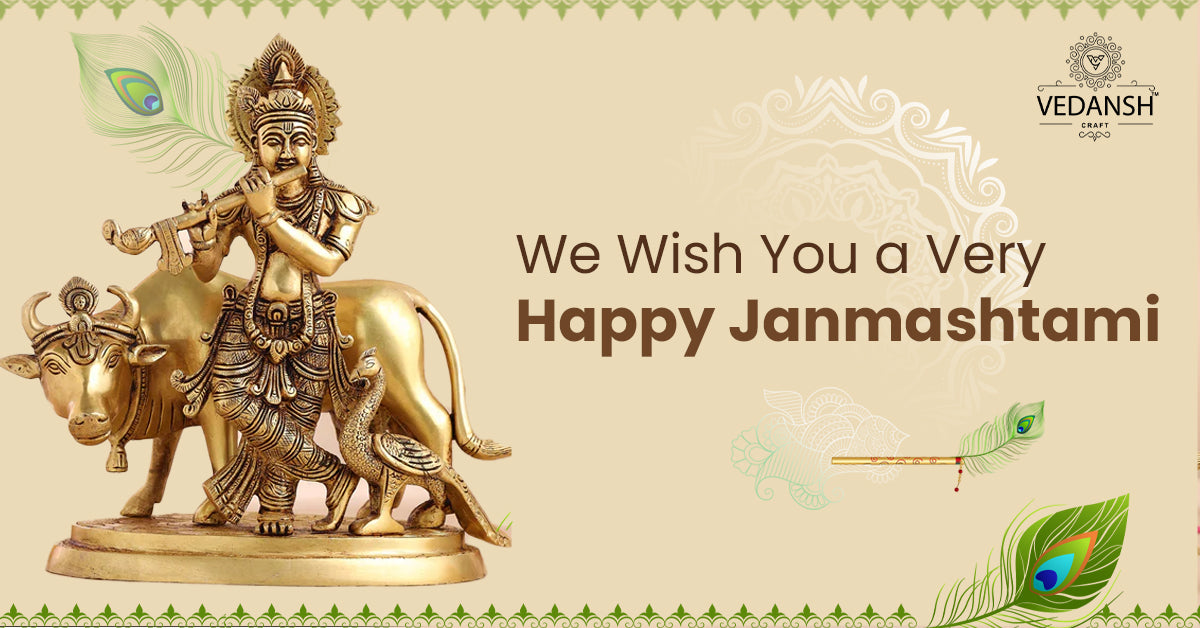

Satya Yuga - The Age Of Truth
, by javed techqart, 6 min reading time
Yuga means "an age of the world," and Satya means "the age of truth or sincerity."The Satya Yuga is the first and longest among the four Yugas, often called the Golden Age. As the name suggests, Satya Yuga was the age of truth and honesty. It was a period where divines governed humans, the Principles of Dharma were considered supreme, and humans believed in good karma. During Satya Yuga, people lived with honesty, virtue, Sincerity, comfort, and humanity.
The Cycle of Four Yugas
The term yuga and age denotes "Chatur Yuga," the cycle of four . There are four Yuga, namely Satya Yuga (the Golden Age), Treta Yuga (Silver Age), Dvapara Yuga (Bronze Age) and Kali Yuga (the Iron Age). Each Yuga Cycle lasts for 4,320,000 years (12,000 divine years), with its four Yugas and their parts occurring in the following order
- Krita (Satya) Yuga: 1,728,000 (4,800 divines) years
- Treta Yuga: 1,296,000 (3,600 divines) years
- Dvapara Yuga: 864,000 (2,400 divine) year's
- Kali Yuga: 432,000 (1,200 divines) years
Satya (Krita) Yuga
The Vedic writings state that throughout Satya Yuga, there was no cultural inequality. People lived in perfect harmony and rhythm with the natural rules of the universe while enjoying earthly conveniences. There was no famine (a lack of food over a long period of time in a large area), no war, no strife (trouble or fighting between people or groups). People practised positive karmas and regarded dharma as paramount. Everything on earth was at peace. But as time went on, people's inclinations for spiritual activities waned. A competitive spirit emerged, giving rise to the Varnasrama system, often known as the class-based system.
Avataras taken by Lord Vishu in Satya Yuga
In each Yuga, different avatars of Vishnu took birth to establish a Dharma (Divine Truth or Justice) or to teach humanity vital lessons to expand their consciousness. Matsya Avatars, Kurma Avatar, Varaha Avatar, and Narasimha Avatar were the four avatars Lord Vishnu took in Satya Yuga.
- Matsya Avatar
To battle the demon Hayagriva and save the Vedas, Mastyadeva, the first Dashavatar, manifested during the Satya Yuga. He prevented a destructive flood from killing King Satyavrata. The Almighty Lord Vishnu gave the Vedas to Brahma. Hayagriva took the Vedic books when Brahma was asleep. Brahma saw that the human race would only worsen in the Vedas' absence. To overcome Hayagriva, he appealed to Lord Vishnu for assistance. As a result, Matsya Avatar came to earth, slew Hayagriva, and brought the Vedas back to their former splendour.
- Kurma Avatar
In Satya Yuga, Kurma, the second Dashavatar, took on the form of Kurma to help the demons and demigods in the churning of the Milky Ocean (Samudra Manthan). The demigods contacted Vishnu after losing the war, and he asked them to ally with the demons. The demigods could get the nectar of immortality by working with the demons. The enormous serpent Vasuki was the churning rope, while the massive Mount Mandara was the churning rod. Mount Mandara resisted the demigods' and demons' attempts to move it. Vishnu raised the mountain with his carrier, Garuda. But the hill started to descend right away. In his Kurma incarnation, Lord Vishnu appeared as a gigantic tortoise to help maintain Mount Mandara. He balanced the mountains on the rear of his shell.
- Varaha Avatar
One of Chaturyuga's 10 principal incarnations is Varaha. Varaha, sometimes referred to as the boar avatar, slew Hiranyaksha, the demon.Varaha is most frequently connected to the myth of the earth being lifted out of the cosmic ocean, represented by the goddess Bhudevi. Vishnu manifested as Varaha to save the world when the asura Hiranyaksha kidnapped and concealed her in the primordial seas. After defeating the asura, Varaha lifted the earth from the water with his tusks and put Bhudevi back in her proper place in the cosmos.
Varaha might be shown as a pig or an anthropomorphic figure with a human body and a hog's head. Often portrayed as a youthful lady, Bhudevi embodies the earth and his consort, raised by Varaha.
- Narasimha Avatar
The final Dashavatar incarnation is Narasimha, a half-man-half-lion incarnation of Lord Vishnu, who slays the demon Hiranyakashipu. Lord Vishnu took this Avatar to protect his devotee Prahalad.
It was stated that Sage Kashyap and his wife Diti had two sons, Hiranyaksha and Hiranyakashipu, during the Satya Yuga. Both were infamous for wreaking havoc and ruining everywhere they went, troubling humans and devas. The gods begged Lord Vishnu to find a way to end the brothers since they were making people suffer.
After hearing his followers' prayers, Lord Vishnu slew Hiranyaksha by appearing as a massive hog, also known as his Varaha avatar. It is thought to be the third Avatar of Lord Vishnu. Bhudevi, the earth, was concealed by Hiranyaksha at the depths of the ocean. Ultimately, the Varaha avatar of Lord Vishnu could locate the world and Hiranyaksha with it.
The Concept of Satya Yuga
The Satya Yuga is the longest of all four Yugas, known as the golden age. During this age, dharma (righteousness) is at its peak, and human life is marked by spiritual wisdom and ethical conduct. In Satya yuga, people lived happily without wars, conflict, or famine. Dharma was considered necessary then, and people believed in good karmas. Satya Yuga was the age in which Lord Vishnu took multiple Forms.
To save Veda's first Avatar, Lord Vishnu took Matsya Deva, it is the first Avatar, and second Avatar, Kurma, to help the demons and demigods in the churning of the Milky Ocean (Samudra Manthan). Then, the other two Avatars Lord Vishnu took were Varah to defeat the monster Hiranyaksha and Narasimha to protect his devotee Prahlad. Satya Yuga is the age in which humankind flourishes in harmony with the heavenly energies, with its luminous tapestry of justice and divine interventions. It serves as evidence of the fundamental relationship between moral behaviour, cosmic connection, and the divine intervention that determines the course of the cosmos.
Blog posts




